Choppy waters or smooth sailing?
The Bank of England’s move to XBRL
In the late months of 2020, the Bank of England announced that the submission of statistical data would be moved to the Bank of England Electronic Data Submission (BEEDS) portal, making it possible for firms to complete and file data submissions online.
Subsequently, in 2021, the BoE confirmed that the change in the filing of statistical data would require a much bigger vessel: the move from XML to XBRL.
Clear waters, smooth sailing – establishing a common data standard.
From a business reporting perspective, adopting a common data standard is what clear waters are to a sailor, carrying the promise of structuring, sharing and presenting data independently of any platforms. This can be done by using the XML standard, but it leaves out one crucial piece of the business puzzle: the multidimensional nature of data in business reporting.
And this is where XBRL comes into play. From a technical standpoint, XBRL implements XML but also other standards to reflect multiple relationships and hierarchies between the data. The shift to XBRL reporting is similar to the change from using a traditional compass to GPS- both can indicate a direction, but a GPS can provide information more accurately.
See the agenda and register for our webinar on the UK’s shift to XBRL here: 10:00 BST, the 27th of May.
Smoother sailing, better exploration – the UK move into XBRL.
The XBRL format is being widely adopted in financial reporting, becoming a format of choice for a growing number of regulators. The UK is also no exception, with the obligation to report Solvency II data (both defined by EIOPA and national specific reports) in XBRL present for several years. Replicating the success of Solvency II reporting, the BoE is moving statistical data reporting to XBRL to harmonise data collection.
What reports are required to be submitted in XBRL? Asides from Solvency II, these include reports specified by the European Banking Authority or the Single Resolution Board, and many more:
A coast in view – what’s next?
The move of statistical data to the BEEDS portal is also supported by the release of the Public Working Draft of the XBRL taxonomy and data point model (see the release note) available for comments until the 21st of May.
In a broader context, the shift of statistical data to XBRL is embedded in the vision of data collection transformation announced in early 2021, laying out a path towards reforming and combating current data collection issues throughout the sectors.
The shift in reporting statistical data is just a tiny step in a transformation set to span out across the next decade. As with most travels into the unknown, there are still more questions left to be answered.
We process your data in order to contact you and handle the matter being the subject of your message. The Controller of your personal data is BR-AG prosta spółka akcyjna (formerly Business Reporting – Advisory Group Sp. z o.o. – Sp.k.). Information about purpose and details of processing of your personal data by BR-AG, including your rights can be found in our Privacy Policy.


